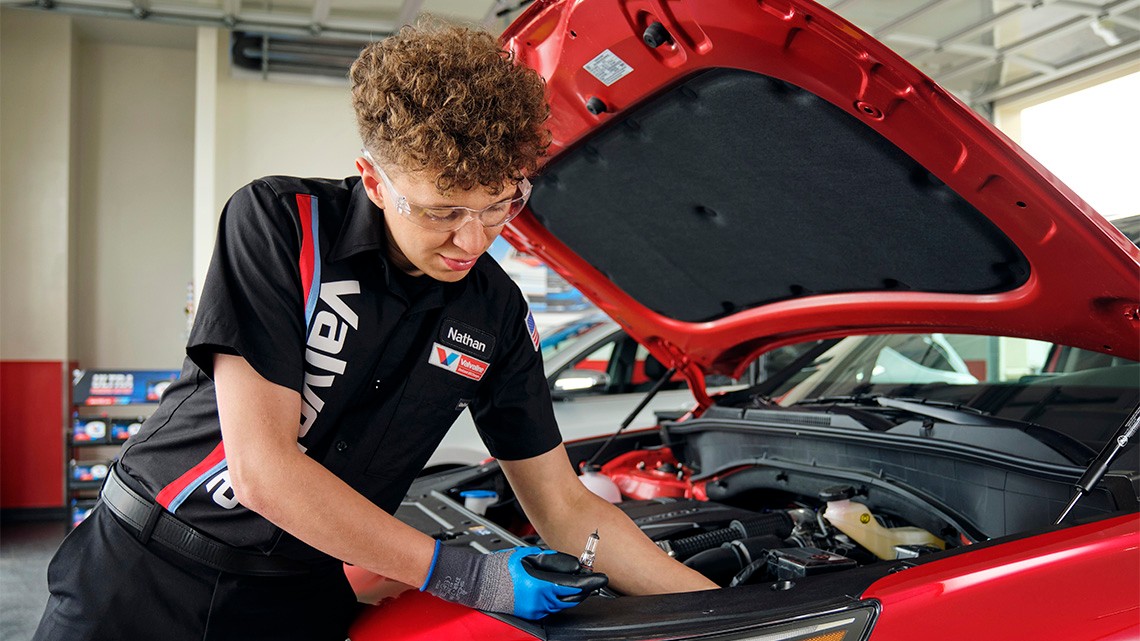Staying Fit


With more older drivers on the road than ever before, experts were concerned there would be more accidents. But the truth ended up being much different. Older drivers are actually some of the safer drivers, according to the Centers for Disease Control and Prevention.
“With aging boomers, we were worried that crashes and fatalities would increase, but we didn’t see that happen,” says Aimee Cox, research associate at the nonprofit Insurance Institute for Highway Safety.


AARP Membership— $12 for your first year when you sign up for Automatic Renewal
Get instant access to members-only products and hundreds of discounts, a free second membership, and a subscription to AARP the Magazine.
But older drivers are still what traffic experts and researchers refer to as vulnerable road users. For example, they’re more susceptible to torso injuries in accidents, says Cox, adding that older drivers tend to have older model cars that don’t have improved technology, which could also put them at greater risk. Consequently, safety systems in vehicles are even more important for older adults. But which ones really help keep you safer? Here’s a list.
AARP Driver Resources
- Smart DriverTEK: Get up to speed with top ten vehicle safety technologies.
- AARP SafeTrip™: Insights into how you drive and rewards your success.
Airbags
In frontal impacts, safety belts and frontal airbags are essential, says Thomas Broberg, senior safety expert at Volvo Cars.
Jennifer Morrison, manager of vehicle safety compliance at Mazda North America, agrees. “Gone are the days of vehicles equipped with only two airbags. Modern vehicles like the all-new Mazda CX-90, have upward of 10,” points out Morrison, who spent more than a decade investigating accidents at the National Transportation Safety Board before joining Mazda. Many of today’s cars and SUVs have not only front airbags but also side-curtain, side-impact, and knee-bolster air bags to “cushion our fragile bodies in the event of a collision,” she says.
Automatic emergency braking
“The number one safety feature with a proven track record of reducing the occurrence and severity of crashes is an automatic emergency braking system,” says Morrison.
Using a combination of cameras and radar to monitor the road ahead, these systems can prevent about half of all rear end crashes by triggering alerts and then automatically hitting the brakes when necessary, according to Morrison.
“The evolution of autobrake technologies has moved rapidly the last decades, increasing the types of situations they may include,” notes Lotta Jakobsson, senior technical specialist for injury prevention at Volvo Cars. Volvo’s systems include large-animal detection technology intended to avoid deer and other animal accidents, which can be deadly.





































































More From AARP
What Will Raise (or Lower) Your Car Insurance Rates
Your vehicle options, driving habits and even your age can affect what you pay for coverageAuto Insurance Premiums Soar
Shop around for the best buysCool Car Gadgets and Accessories to Help You in an Emergency
Of all the gadgets on the market, here are the ones you need to keep in your car — and a couple you don’tAARP Smart Guide to International Travel
Everything you need to plan your trip abroad
Recommended for You